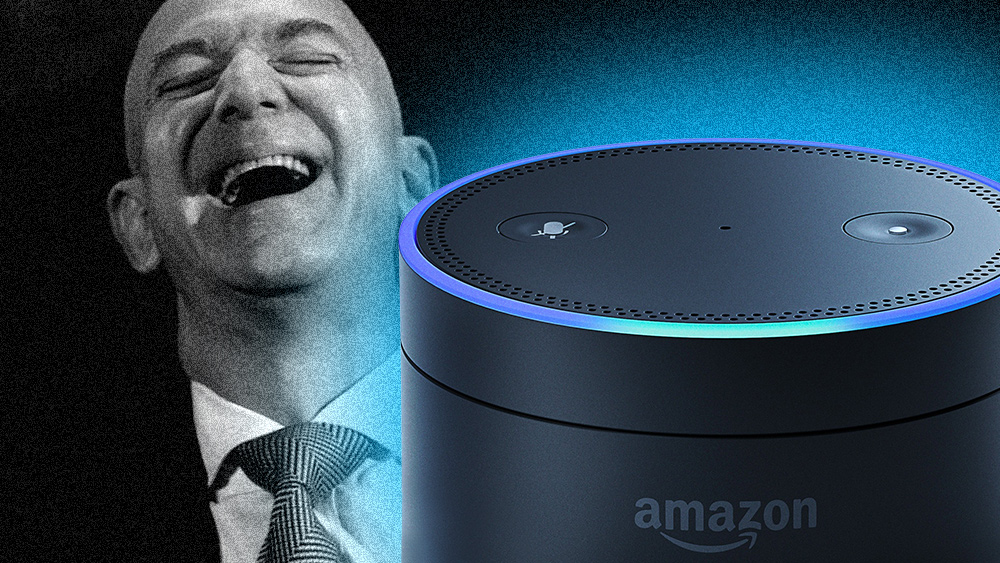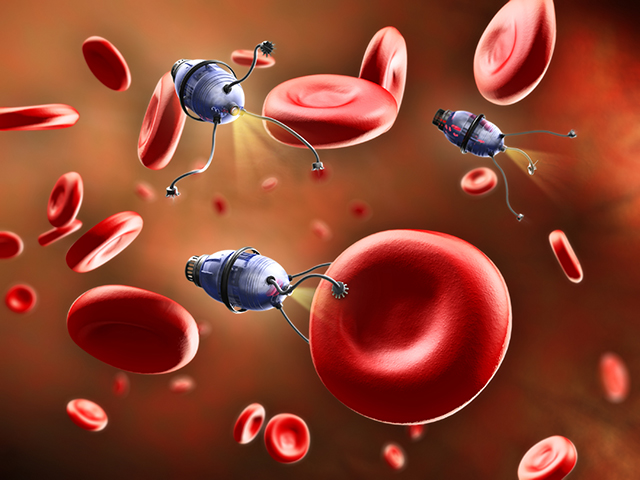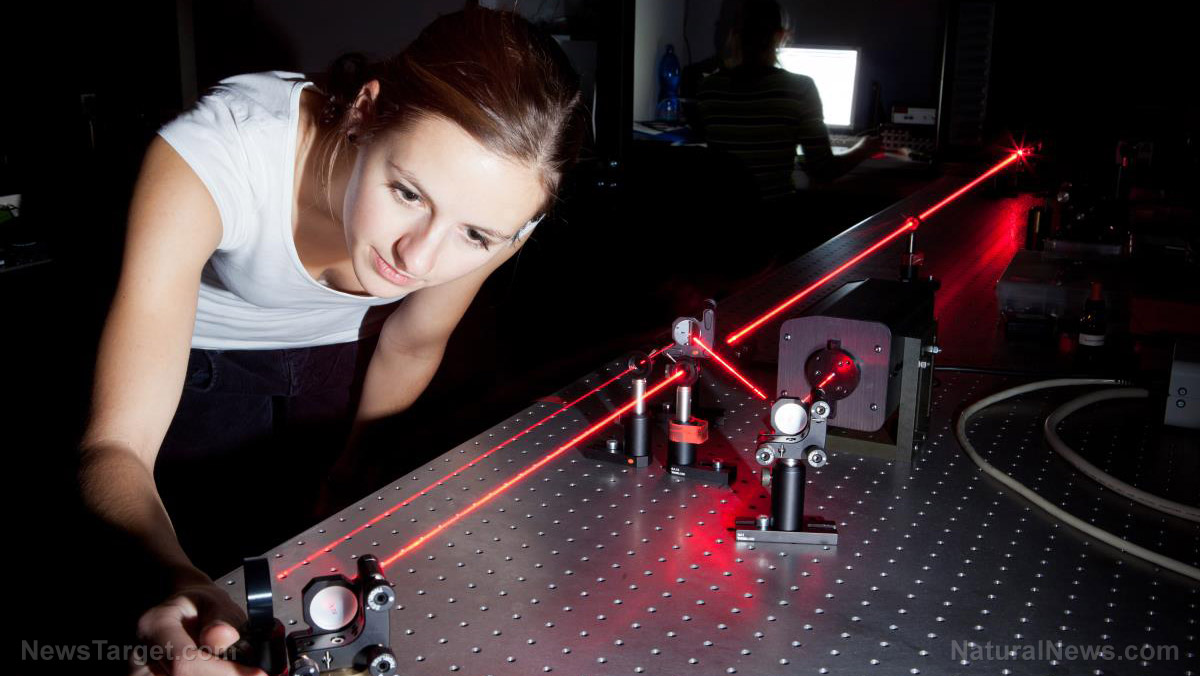“Smart” stethoscope? New medical tech uses A.I. to diagnose pneumonia
05/29/2019 / By Chloe Divino

Researchers from Johns Hopkins University have reinvented the stethoscope to include cutting-edge machine learning technology which could enable earlier and more accurate detection of respiratory conditions, including pneumonia.
A piece of equipment that is so closely associated with the medical profession, the stethoscope has undergone few significant changes since it was invented in the 1880s. Though low-cost and easily accessible, a standard stethoscope has several limitations. The user has to be in a quiet environment because background noise could mask sounds coming from the lungs. The user also has to make sure the stethoscope is exactly in the right place because certain respiratory conditions can change how the lungs sound. Learning how to interpret the sounds takes time, and even experts disagree on what they hear. Doctors do not solely rely on the stethoscope for diagnosis; they often use other medical devices. These limitations present challenges, especially to patients who do not have ready access to trained medical personnel or hospital equipment, or those with chronic conditions that require close monitoring.
Pneumonia is an infection of the lungs that often affects people with weak immune systems — the young, the elderly, and the immunocompromised. When a person has pneumonia, the lungs fill with fluid, which makes it difficult to breathe. Pneumonia accounts for 16 percent of all deaths of children around the world under the age of five. In 2015, the disease killed approximately 2,400 children a day. In the U. S., pneumonia is the most common reason children are hospitalized. (Related: Is vitamin C the key to fighting pneumonia?)
A.I. powered “smart stethoscope”
Through collaboration among engineers, doctors, and public health experts at Johns Hopkins, a prototype was invented that used digital sensing technology for sound capture, active acoustics for noise cancellation, and artificial intelligence to assist in the accurate diagnosis of pneumonia. The “smart scope” was also designed to be significantly cheaper than other electronic stethoscopes currently available. Several of the researchers who worked on the project then founded Sonavi Labs to turn the prototype into a commercially viable product.
“Our goals are to save lives, to enable earlier detection of respiratory challenges, to reduce the number of emergency room visits and hospital admissions, and to improve the workflow of hospitals while giving patients the ability to engage with their providers from the comforts of their home,” said Ellington West, the CEO of Sonavi Labs.
The artificial intelligence that powers the digital stethoscope was trained using a database of recordings from approximately 1,500 patients from five African and two Asian countries. It differs from similar products currently available to the public due to the following:
- It does not require precise placement on the body.
- It has a noise filtering technology, which allows it to remove background sounds, including a patient’s heartbeat. An external microphone also records other sounds, then removes those from the stethoscope’s recording. This means that the digital stethoscope can be used even in busy environments.
- It is capable of identifying symptoms of pneumonia and other respiratory infections without the presence of a doctor’s trained ear. Its accuracy level in detecting patients with pneumonia and those without is at 87 percent.
Sonavi Labs is set to launch two variations of the digital stethoscope, the Feelix and the FeelixPro. With a device that can be handled by local health workers, early and accurate diagnosis could theoretically save lives. Sonavi Labs is also developing a version of the digital stethoscope that could be used at home by patients with chronic conditions, and which would also allow their doctors to monitor patients remotely.
The technology exists, but should you use it?
The foundation of this so-called “smart stethoscope” technology rests on data gathered from patients in Africa and Asia. Considering the vast difference in the air quality and living conditions between countries on those continents and that of the U.S. and other developed nations, how can the claimed accuracy level be trusted? Moreover, a child that is ill often exhibits multiple symptoms; a digital stethoscope relies almost solely on sounds. If parents rely on the stethoscope’s diagnosis, more serious conditions could be missed.
Researchers also sounded the alarm regarding artificial intelligence. Developers of A.I. select a mathematical framework that should enable the process of machine learning. However, a study from the University of Waterloo found that there is no exact method that can guarantee that the machine will continue to learn. The problem with products like digital stethoscopes is that they are sold to the public with the idea that they can be relied upon for an indefinite period of time, which is simply not the case. “There is a big trend of tools that are very successful, but nobody understands why they are successful, and nobody can provide guarantees that they will continue to be successful,” warned Shai Ben-David, lead author of the study.
You can read more about technology impacting healthcare at MedicalTech.news.
Sources include:
Tagged Under: AI, artificial intelligence, breakthrough, children's health, future tech, goodtech, health apps, immune system, innovation, inventions, lungs, medical devices, Medical Equipment, medical gadgets, medical technology, pneumonia, smart devices, smart gadgets, smart stethoscope, stethoscope, technology
RECENT NEWS & ARTICLES
COPYRIGHT © 2017 MEDICALTECH.NEWS



















